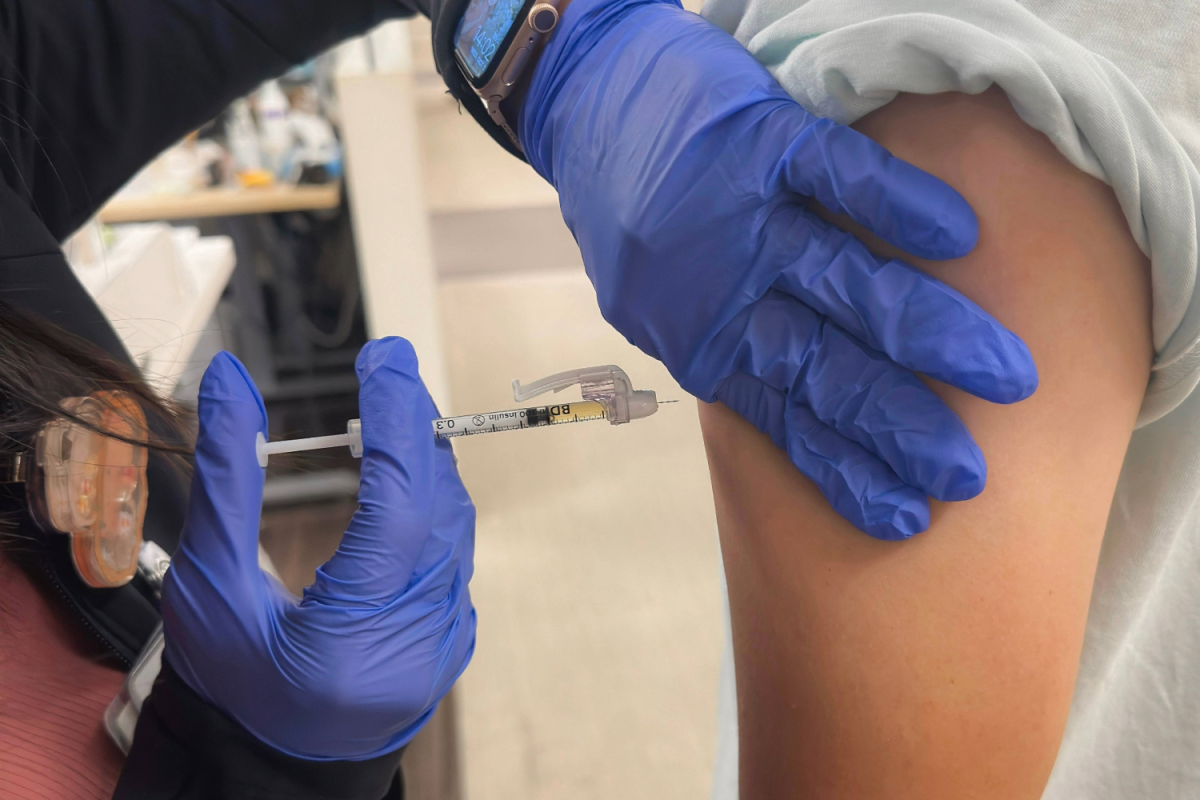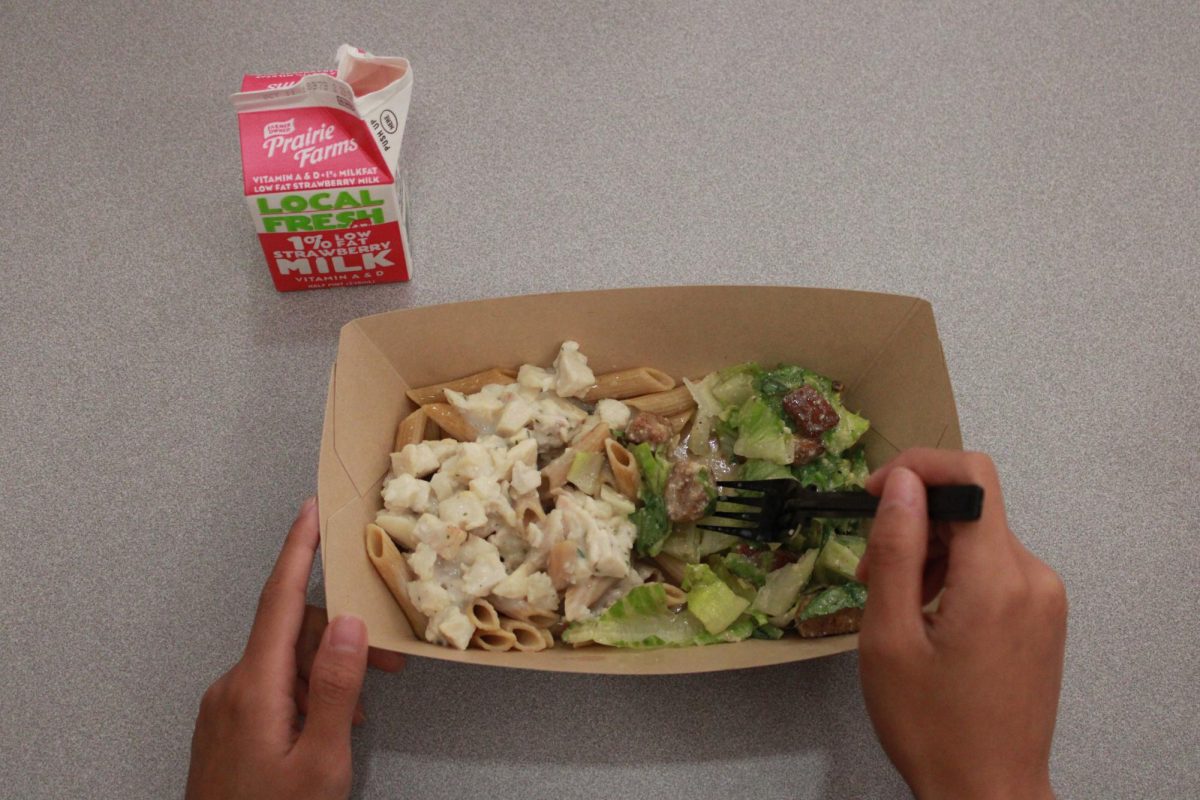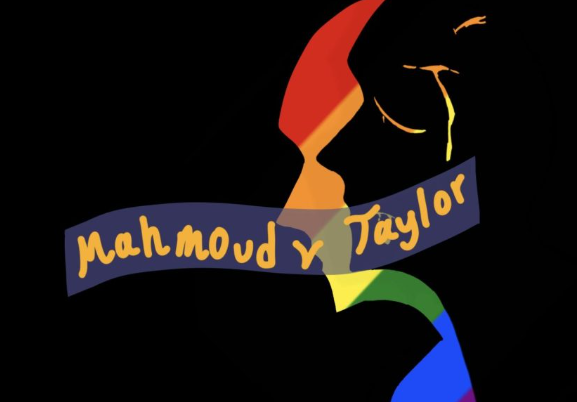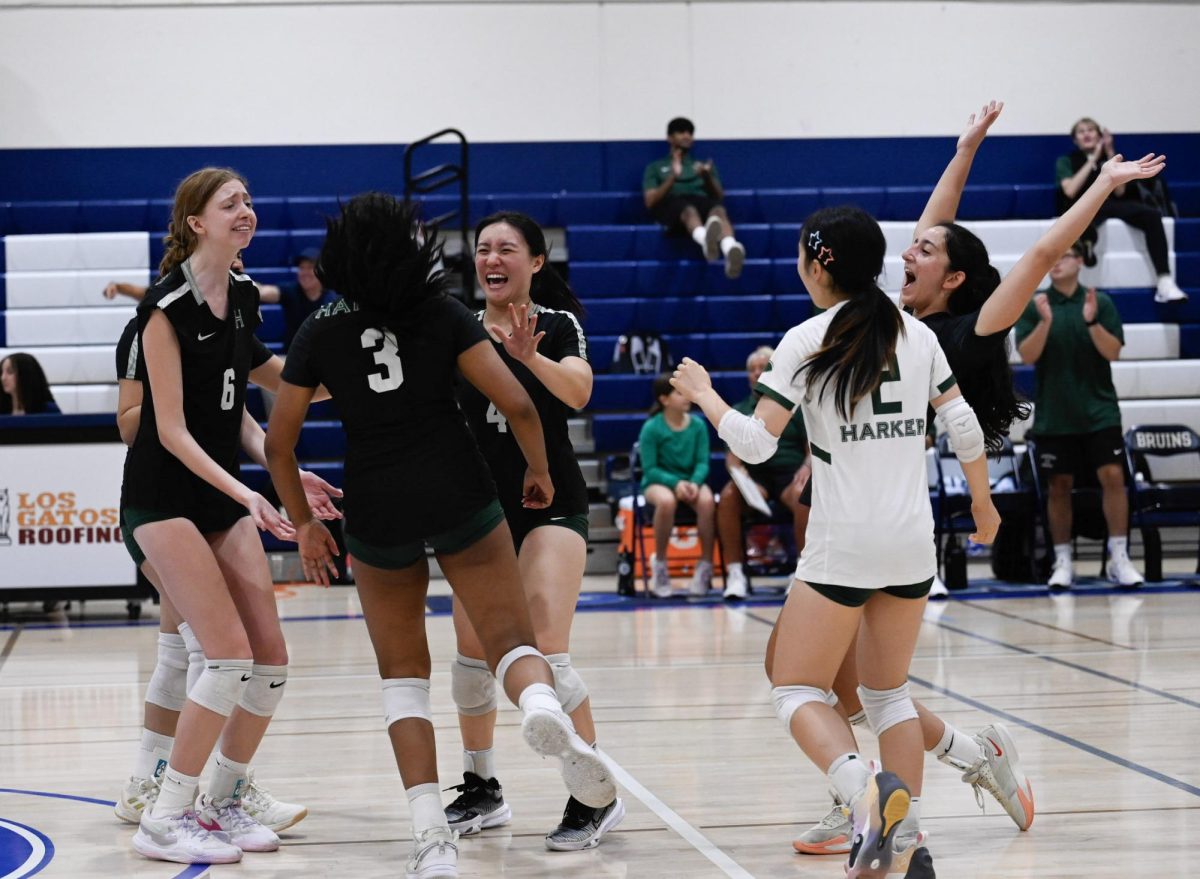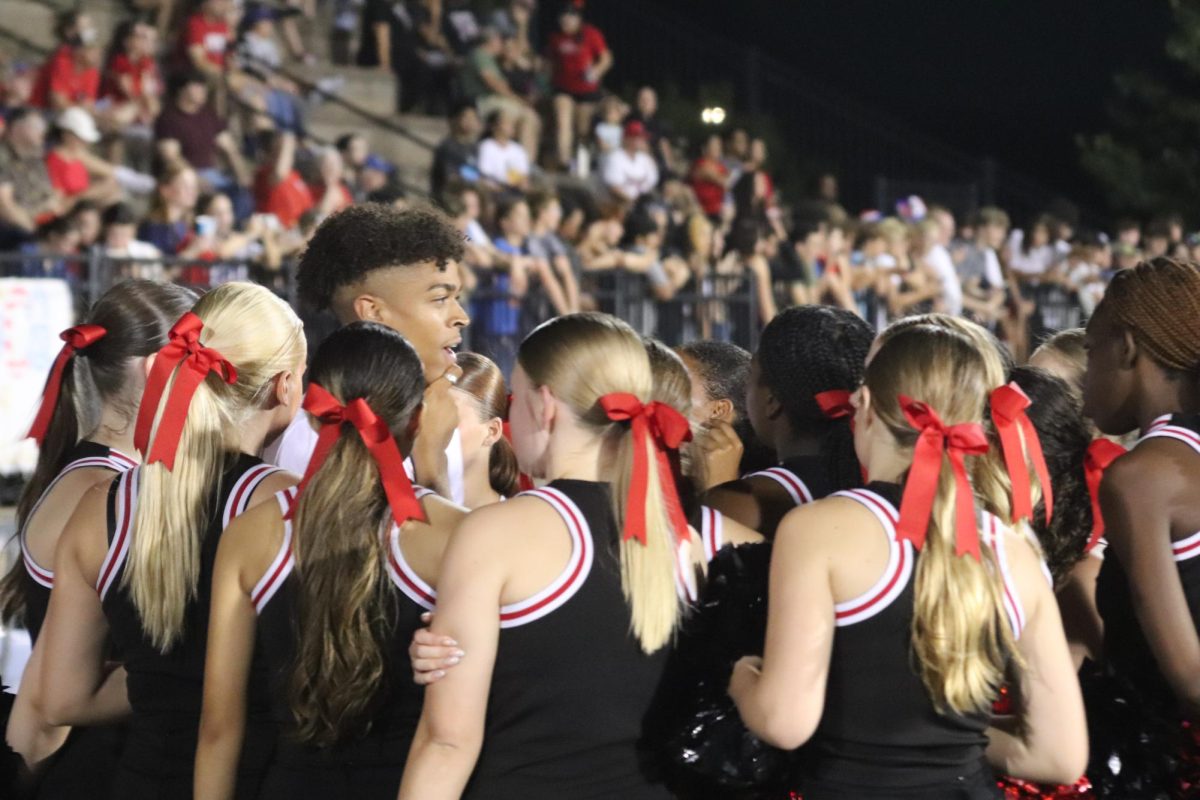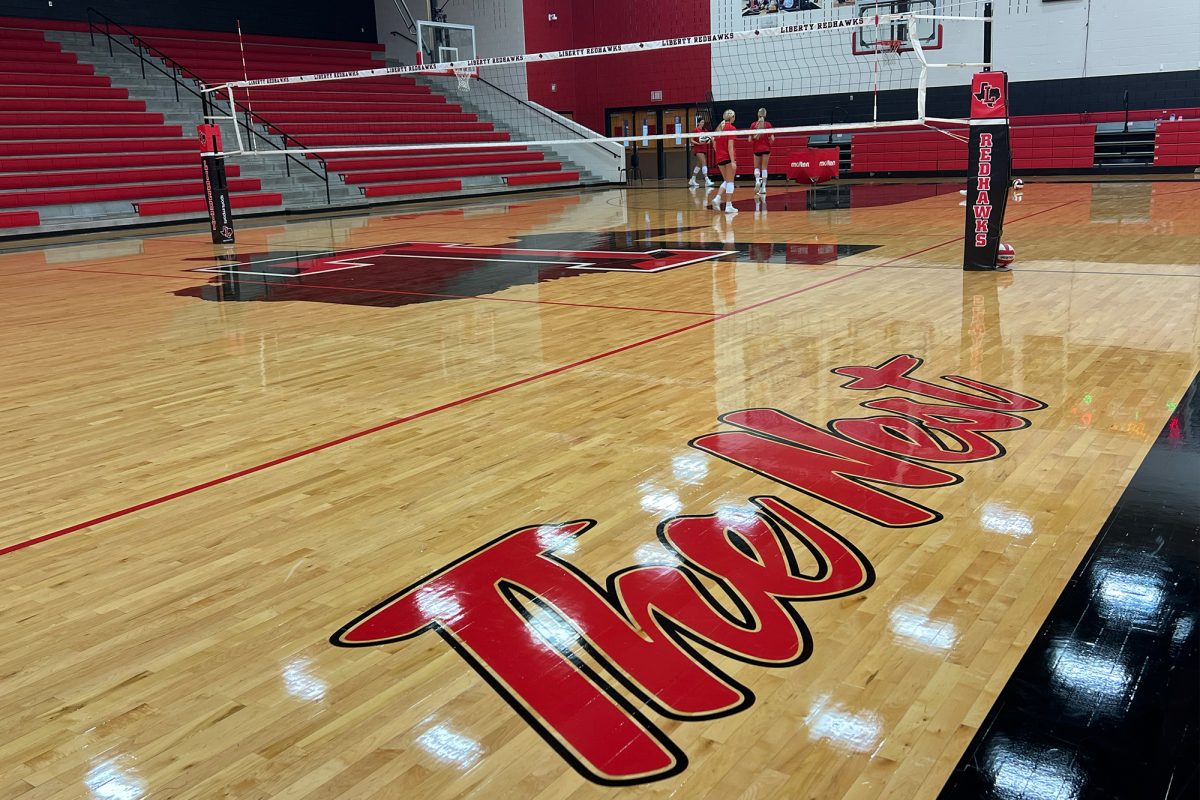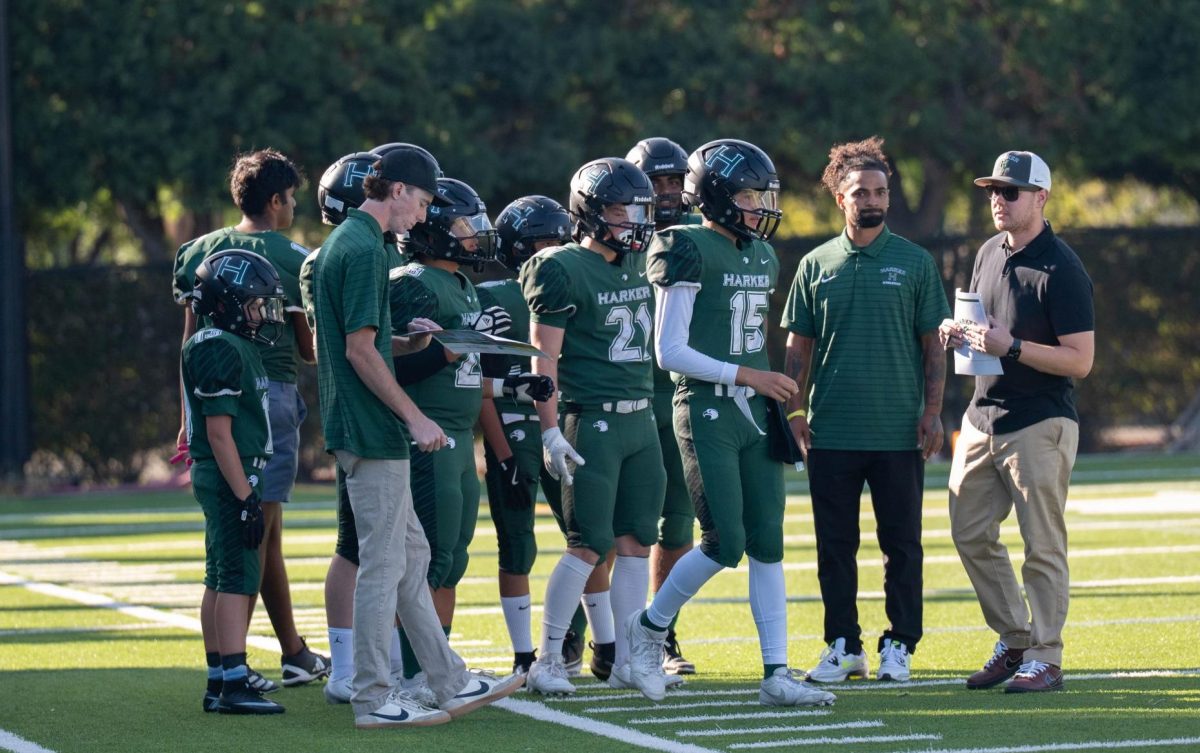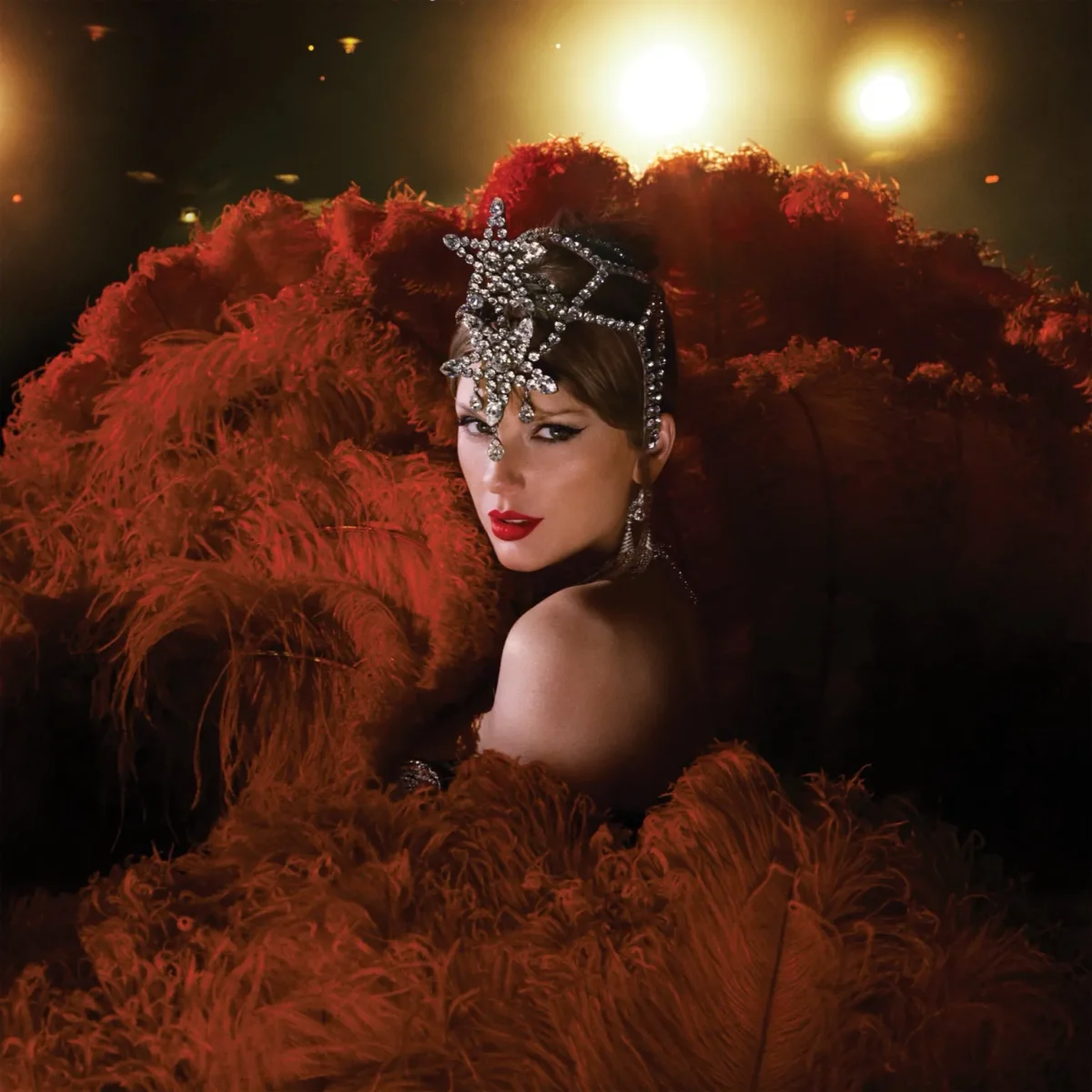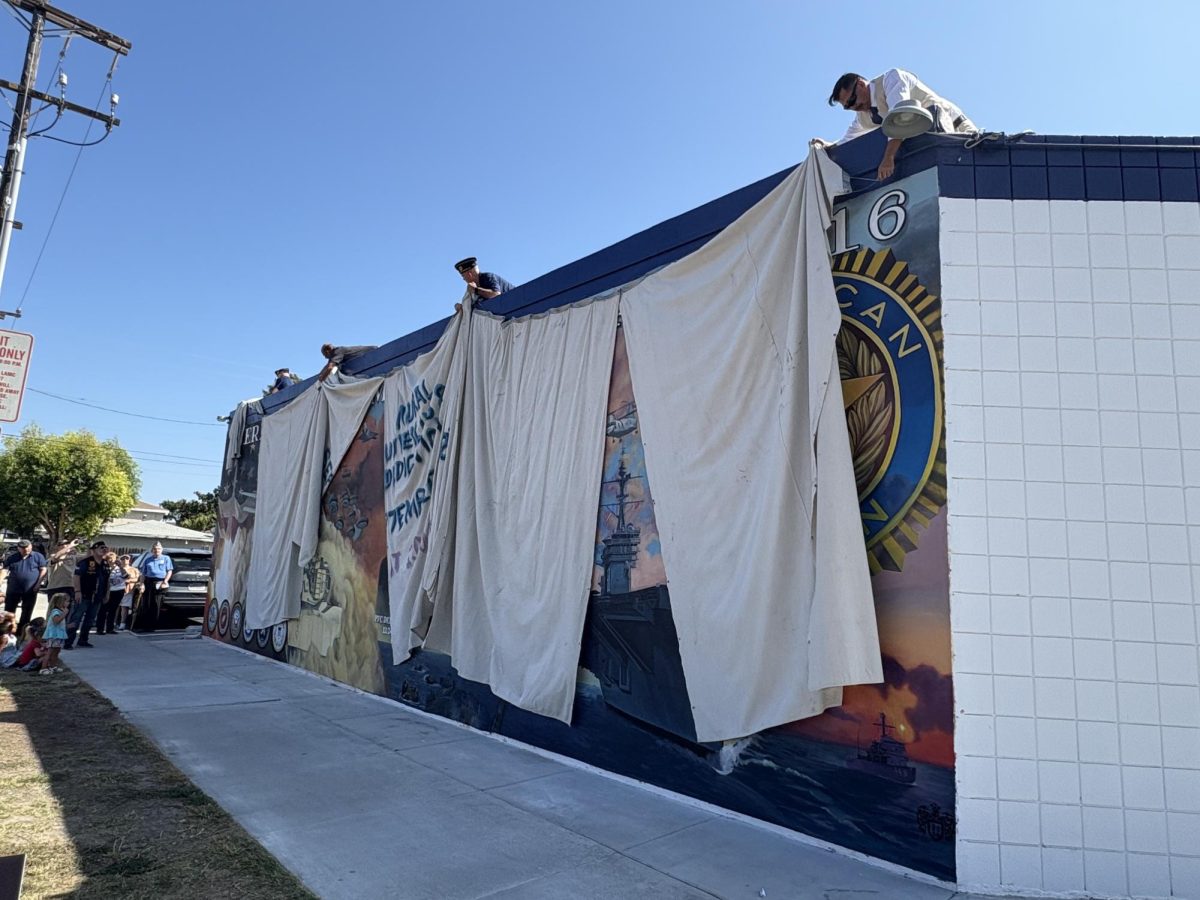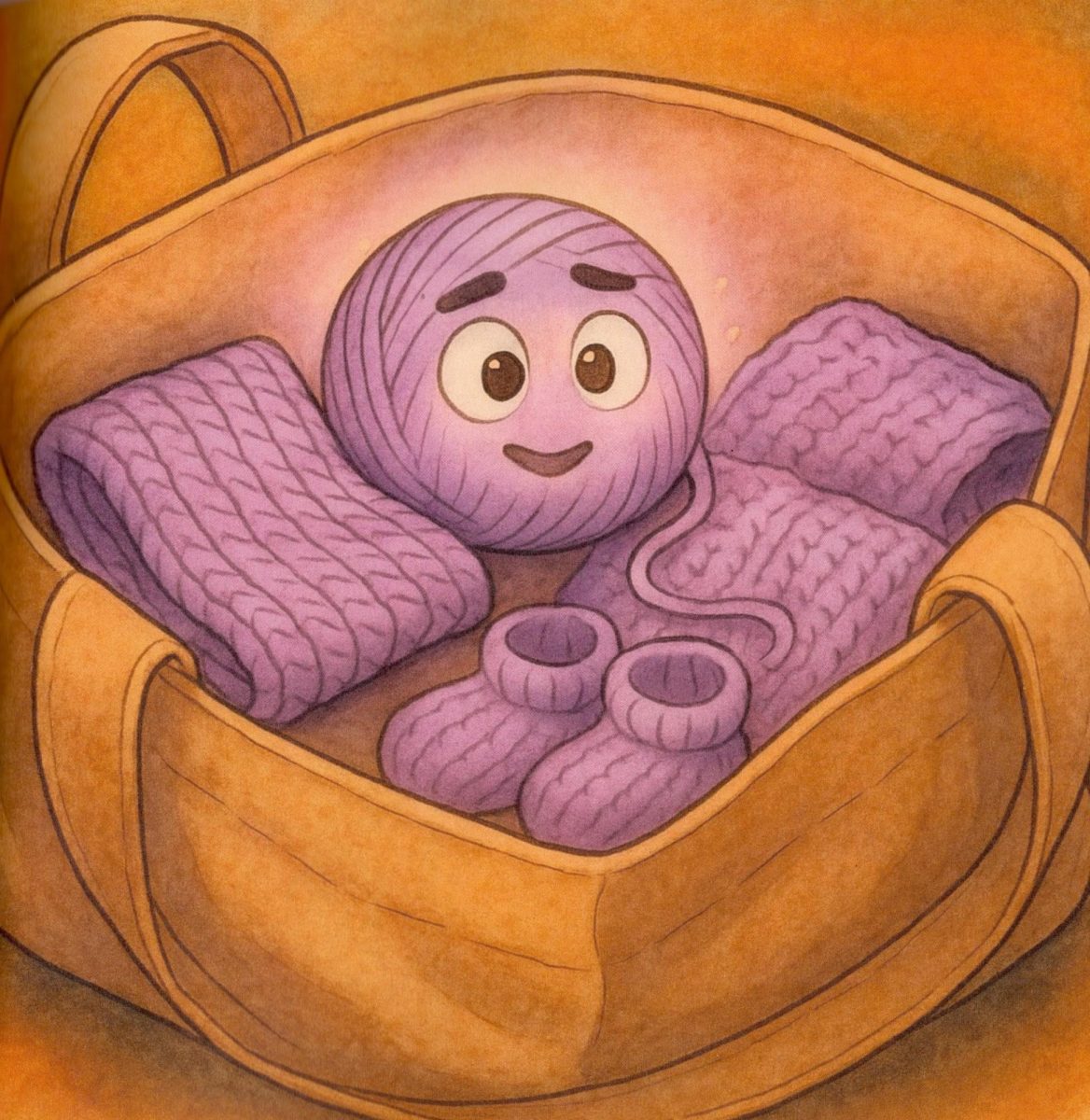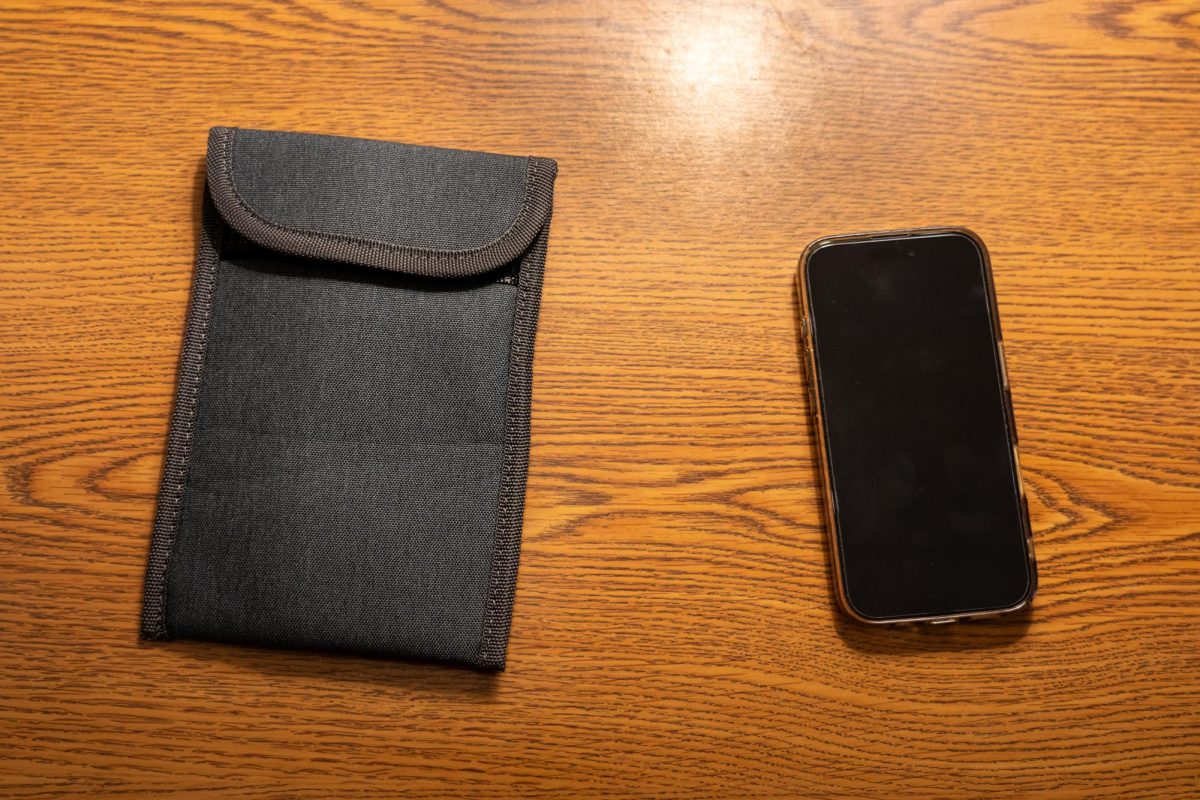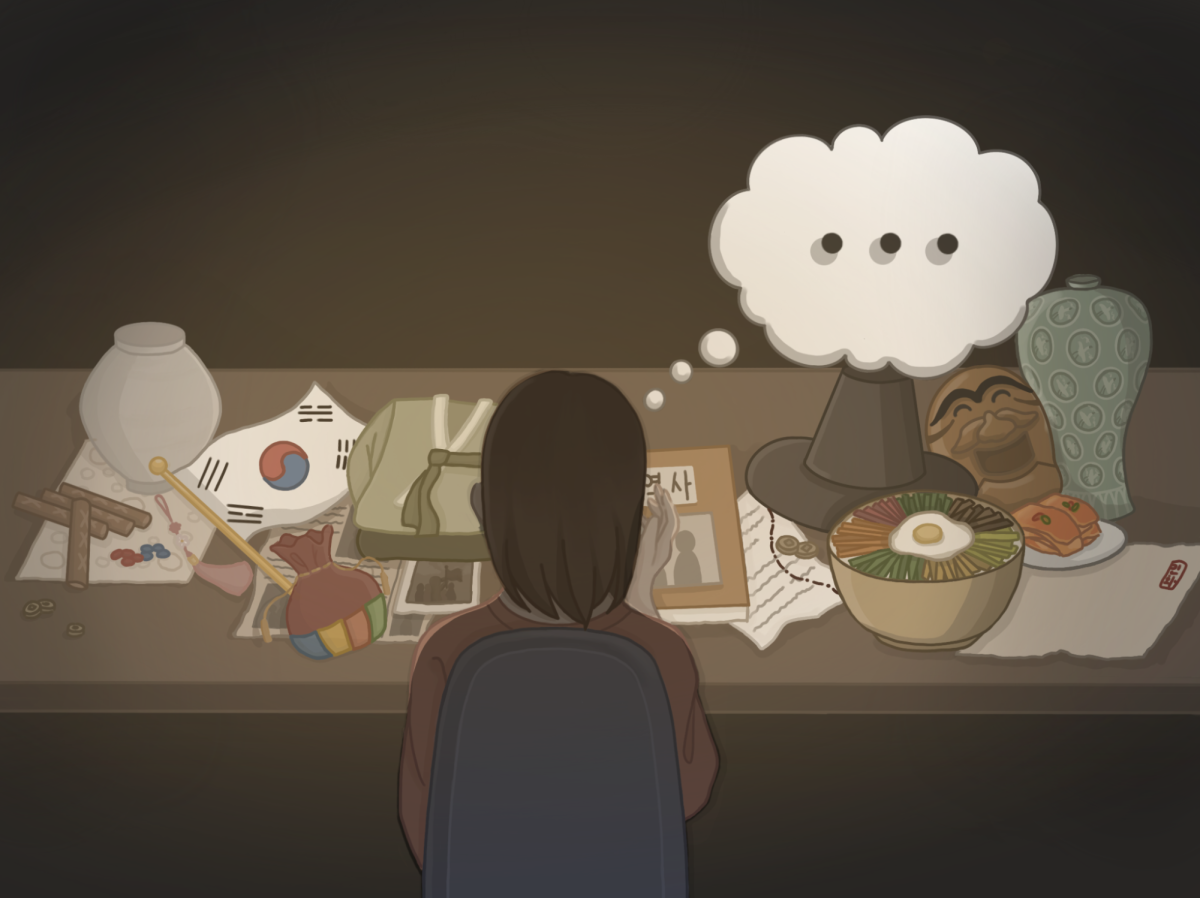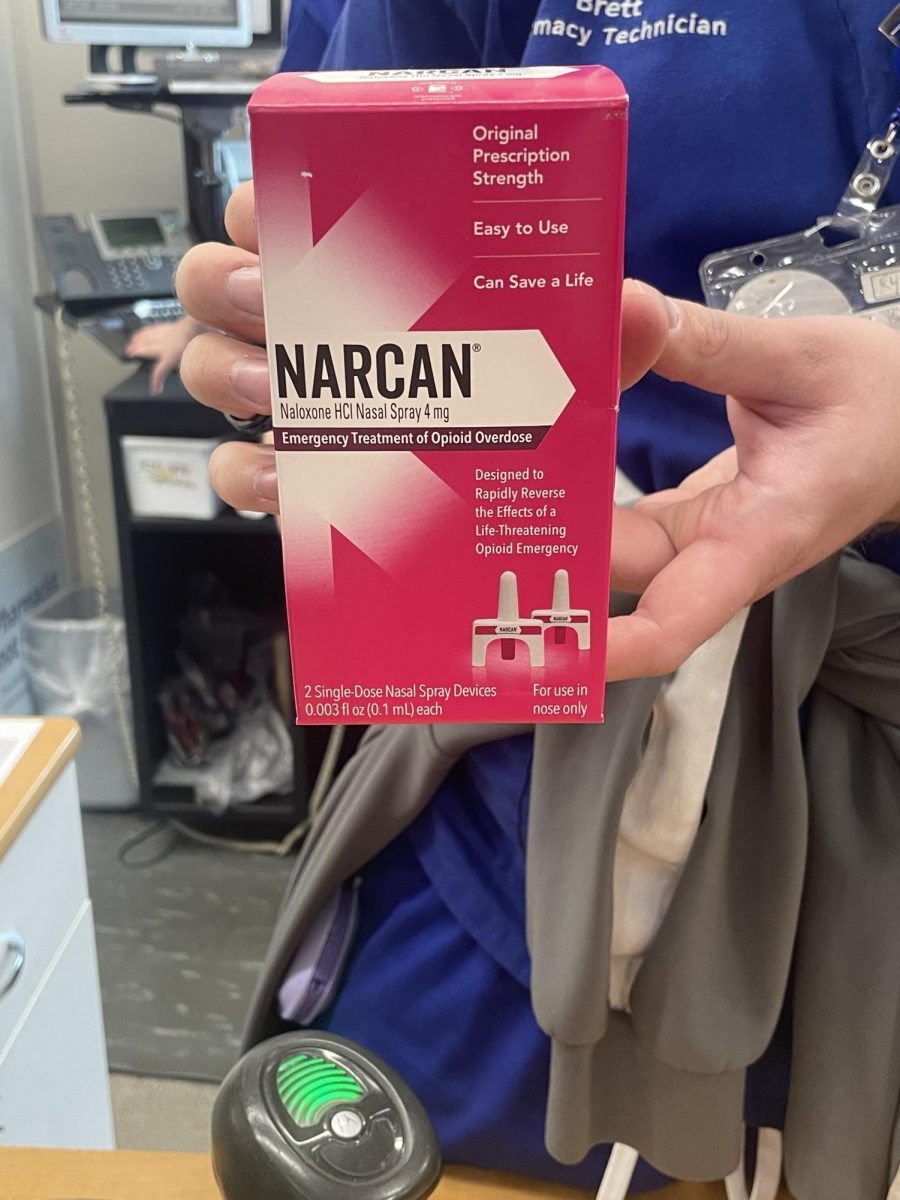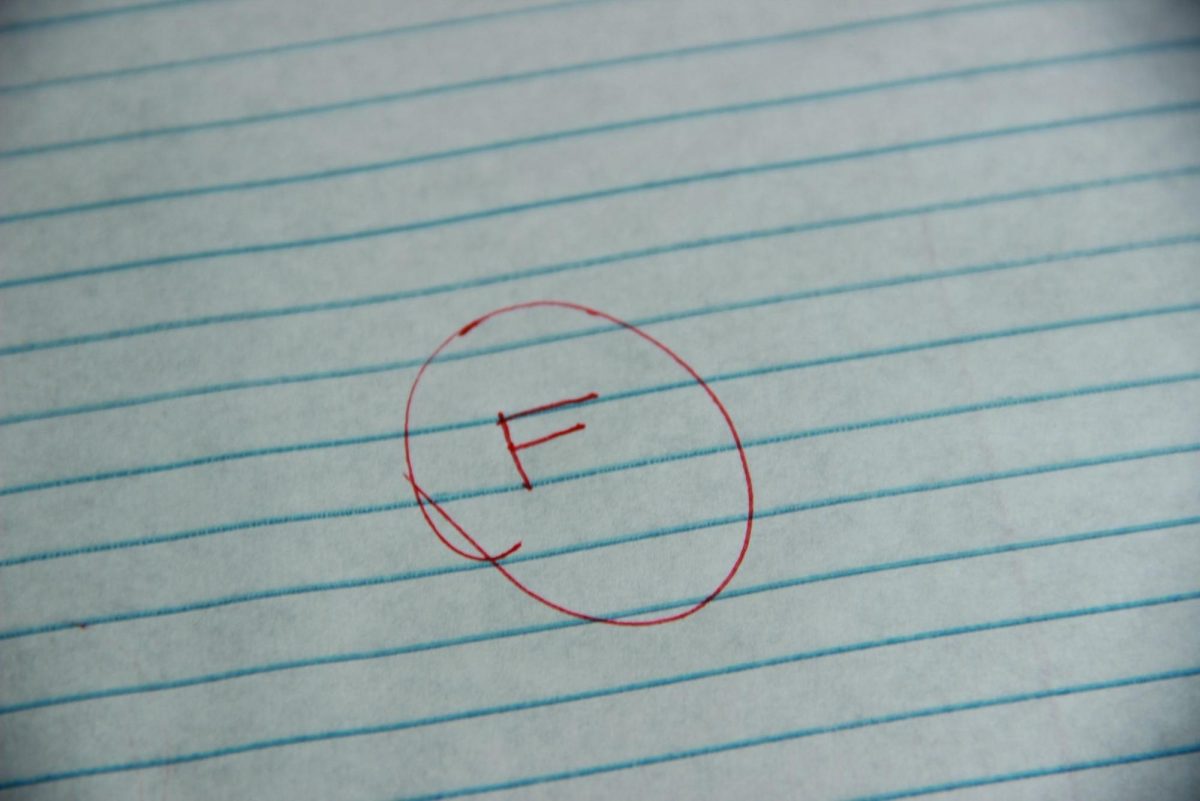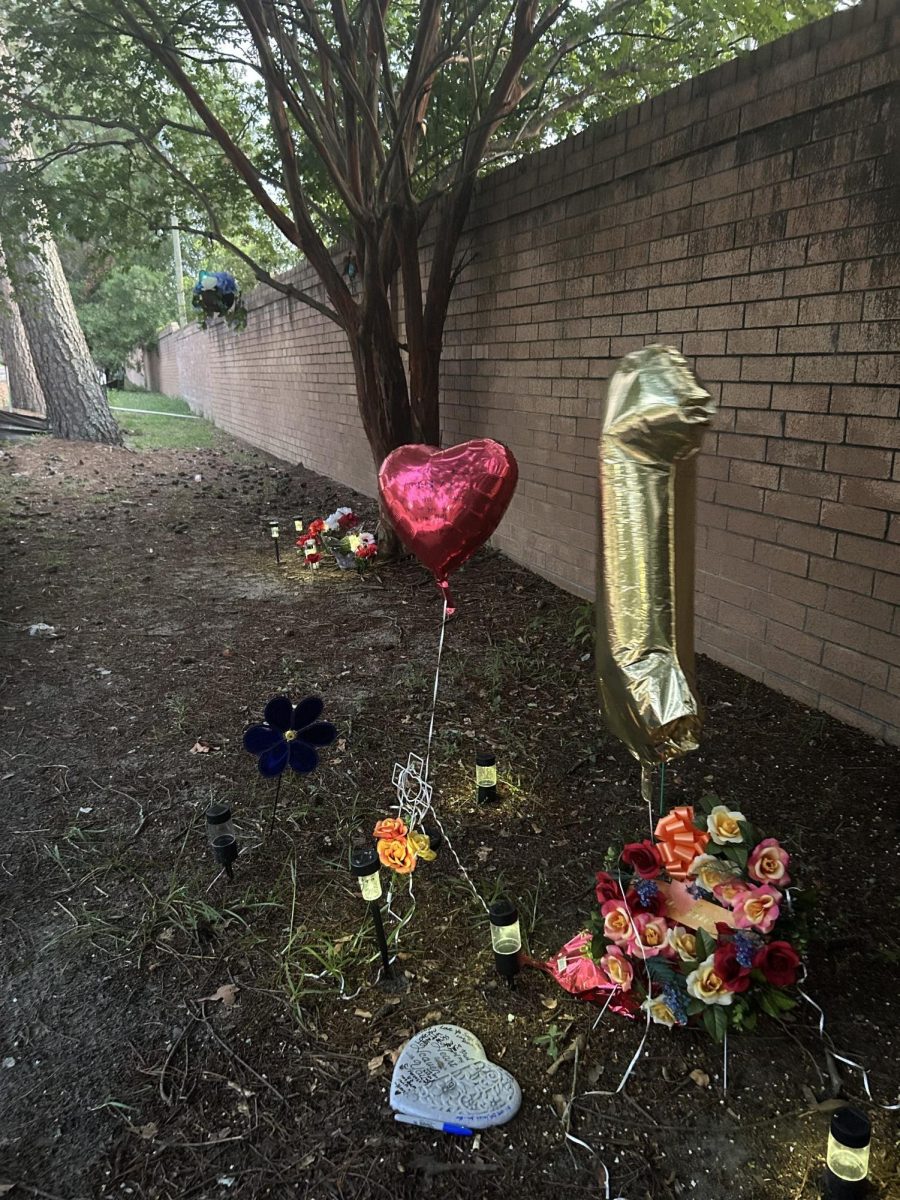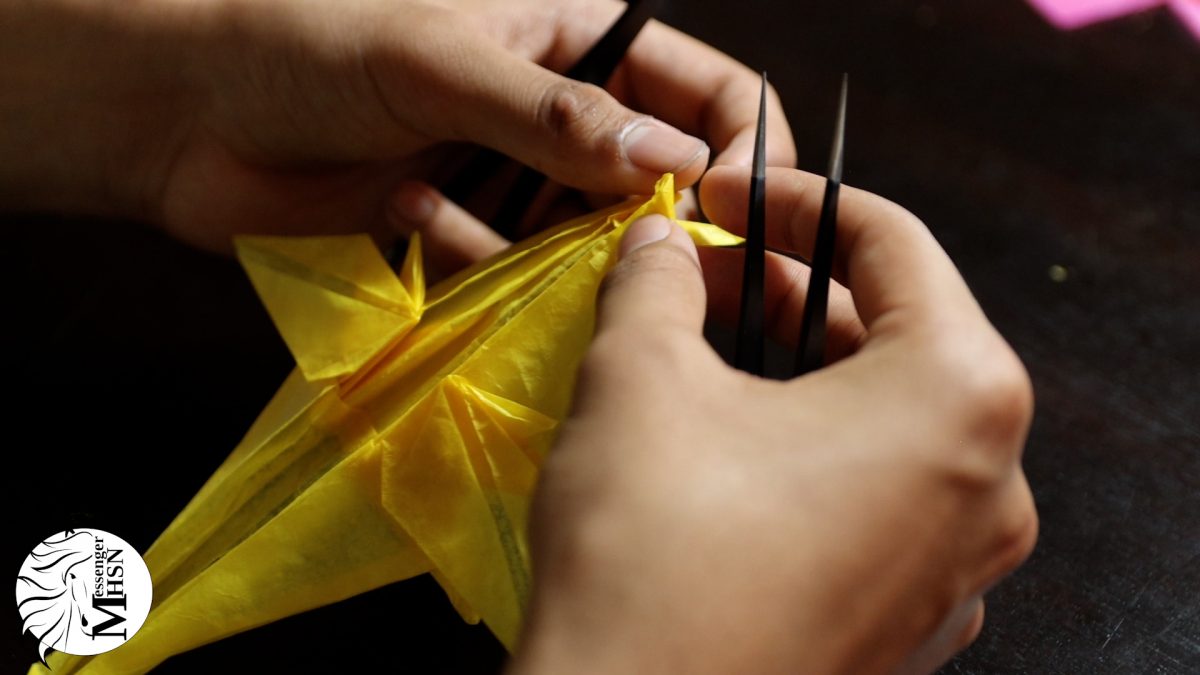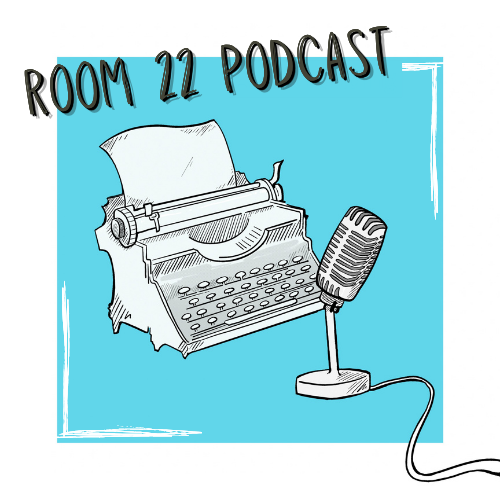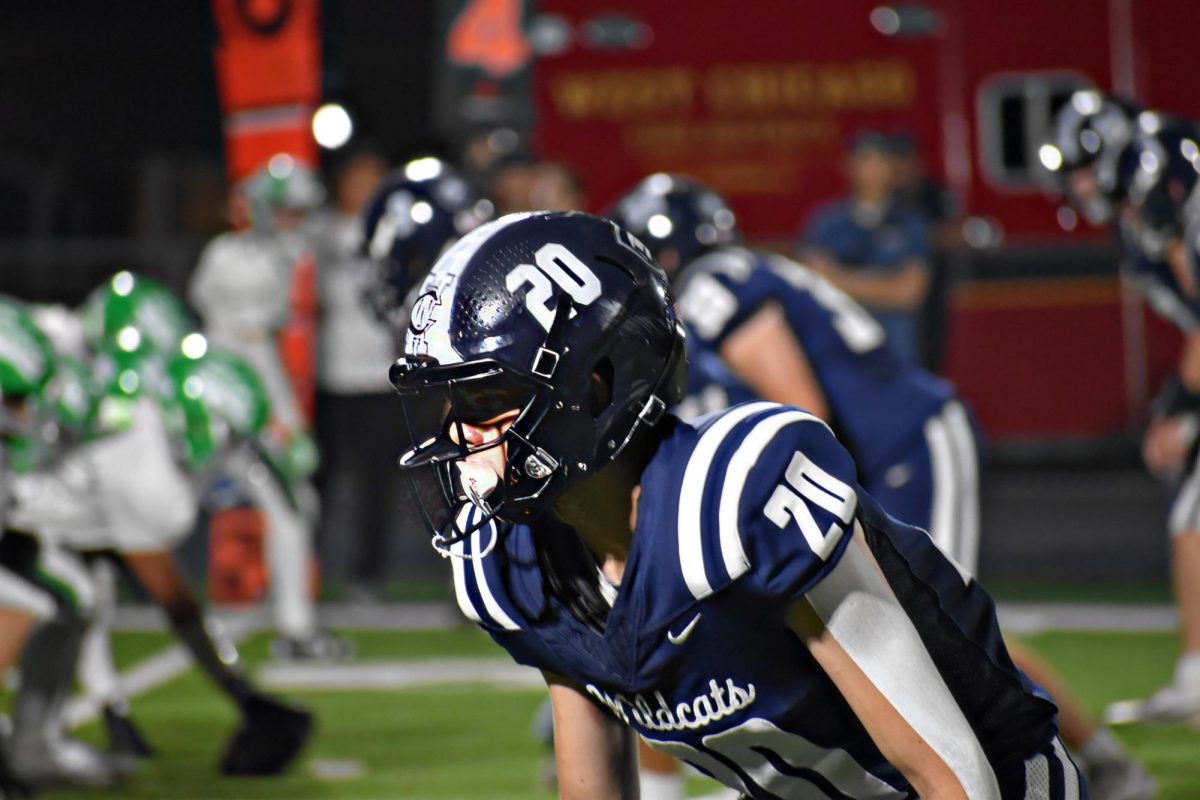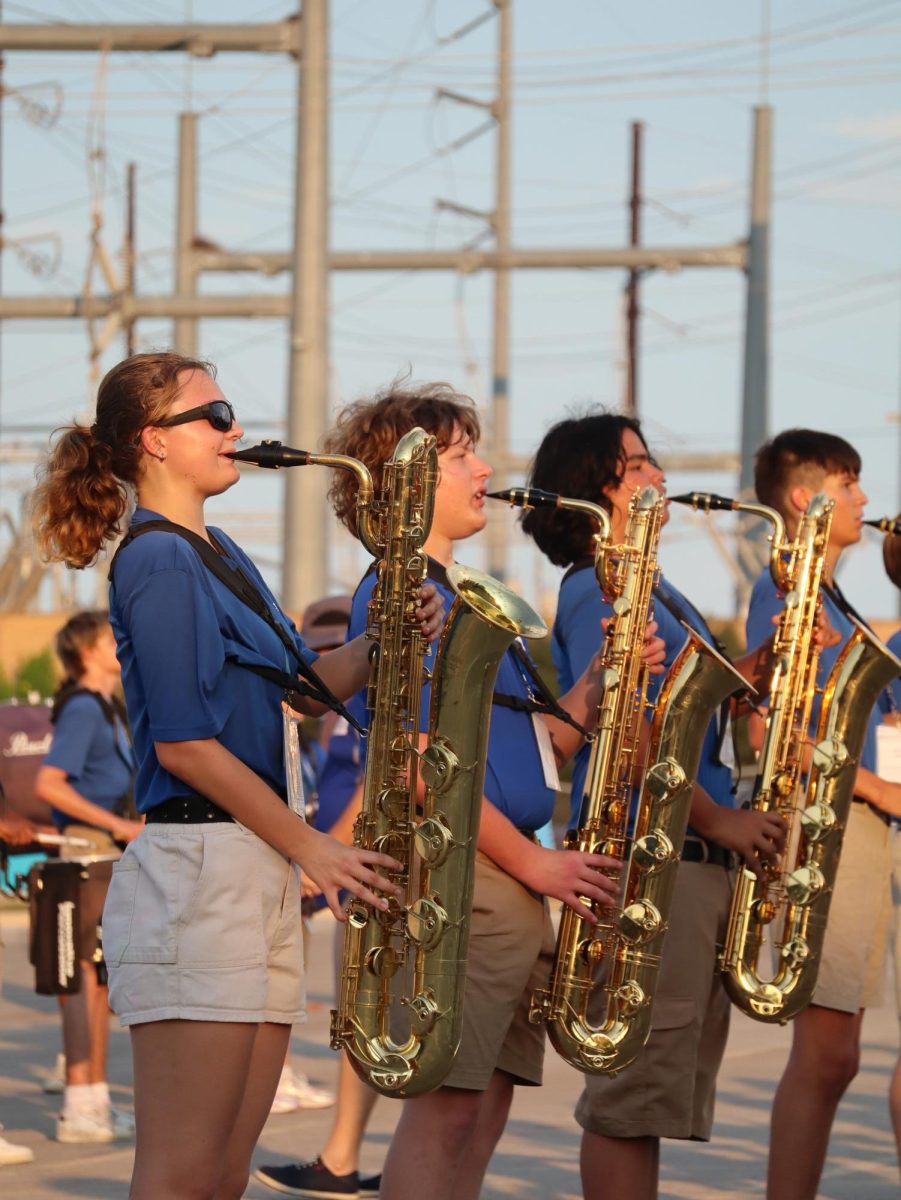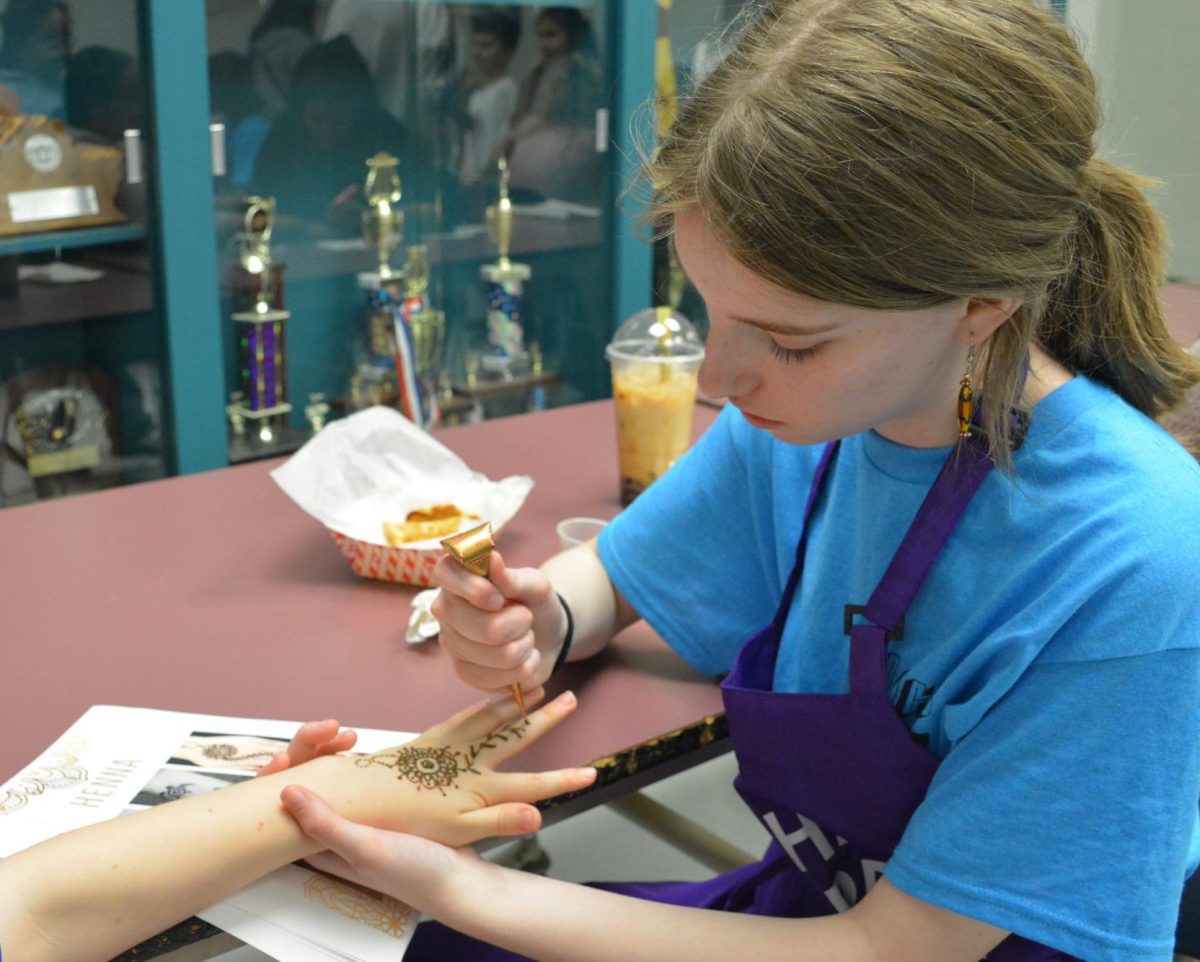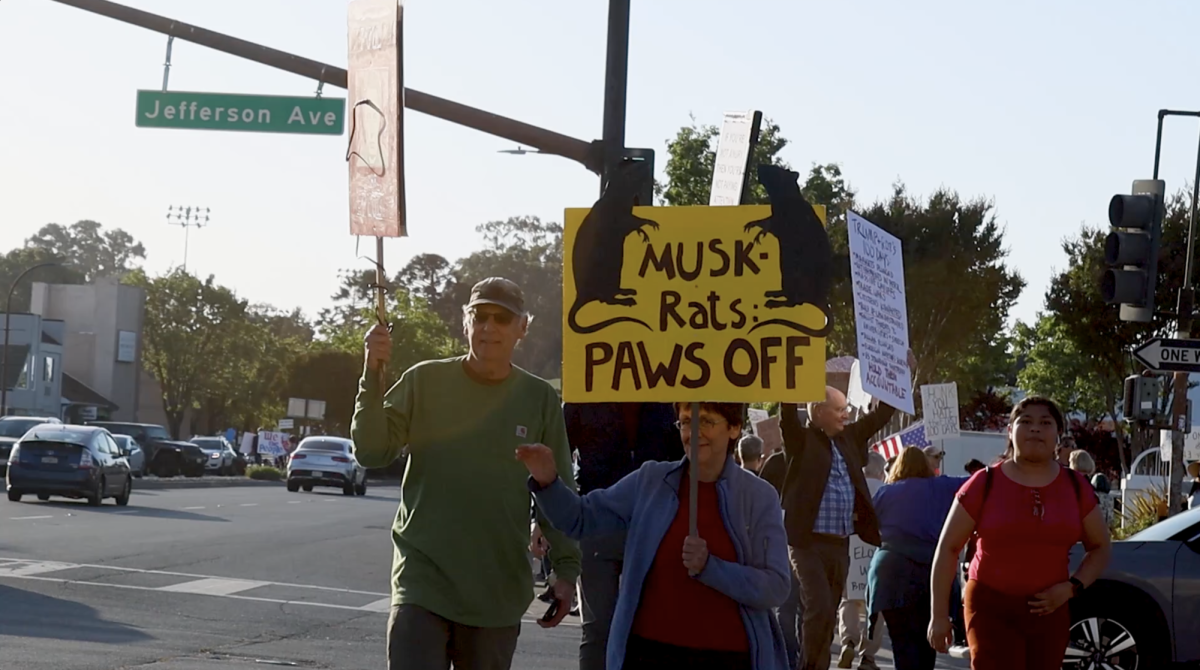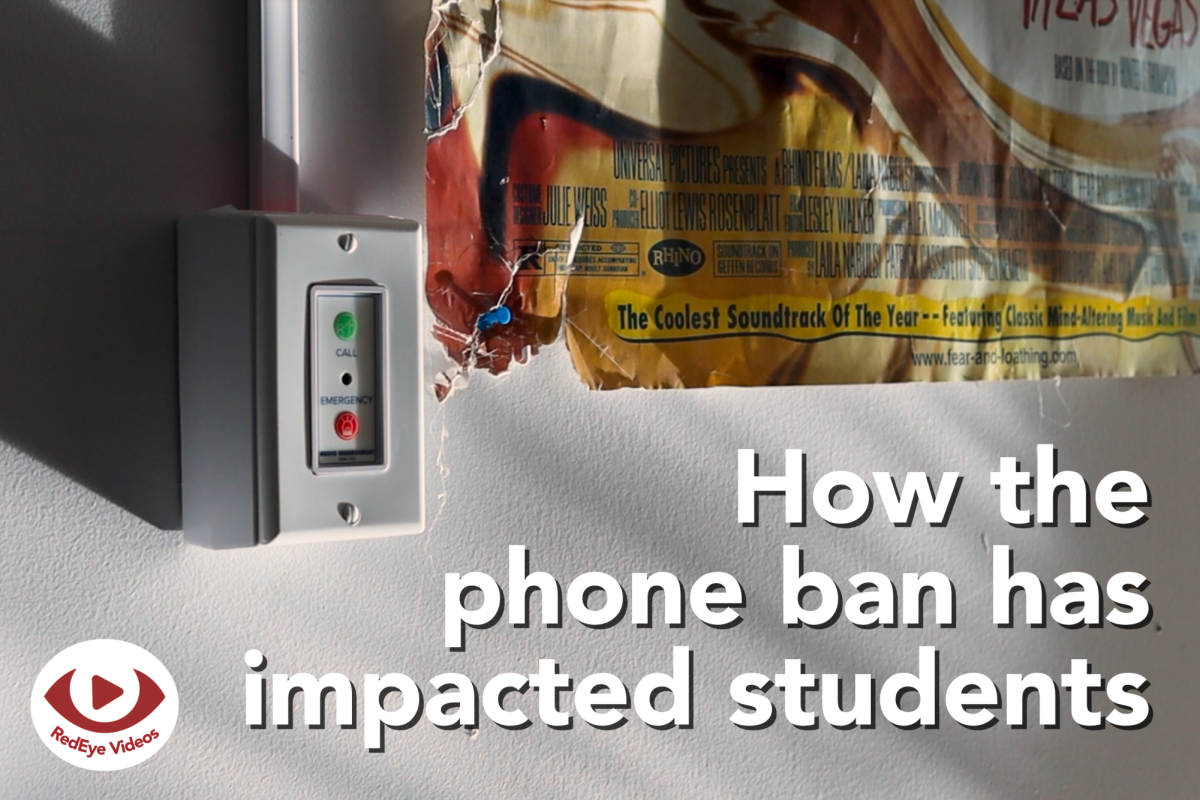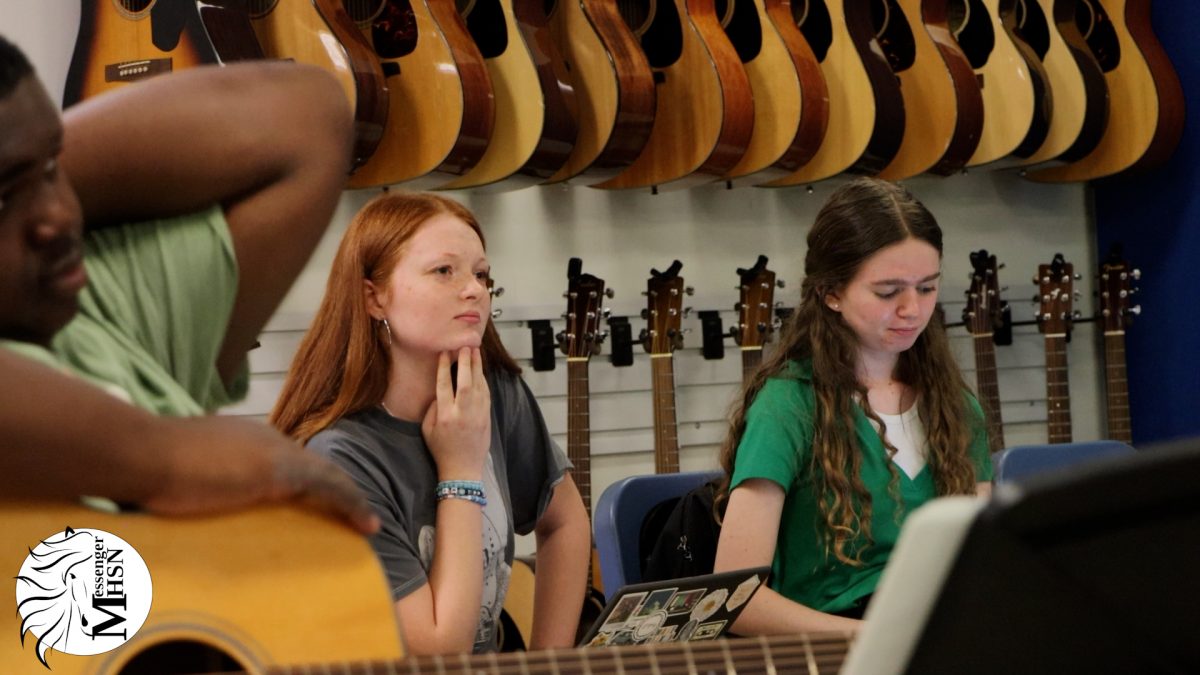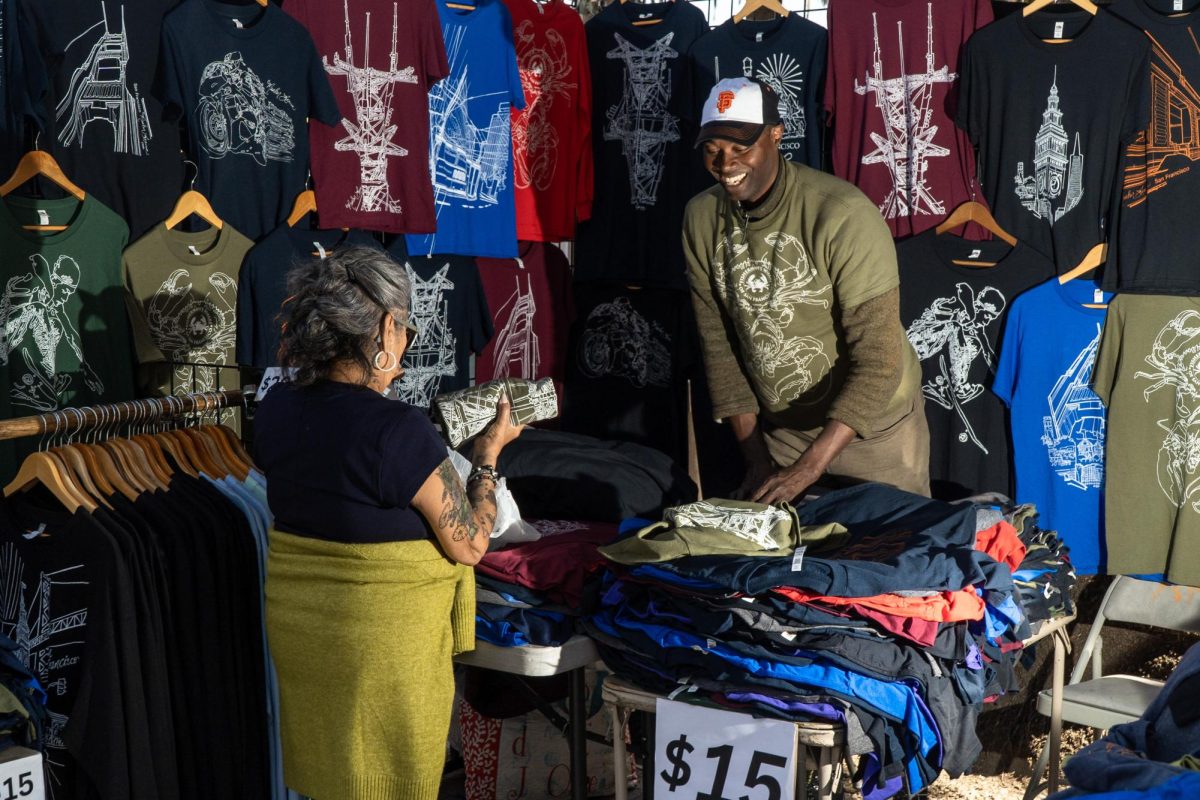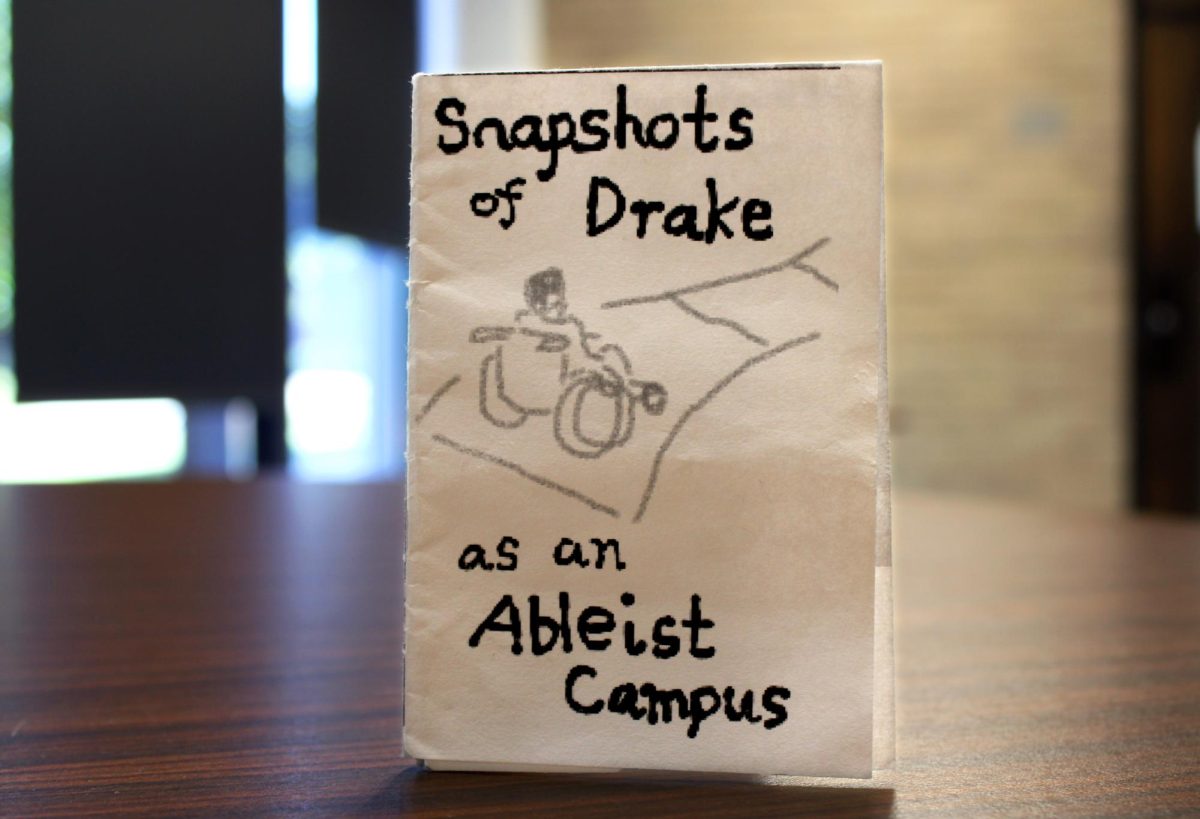Hannah Watson, an artist and hairdresser, was rushing to meet her friend.
“I’m walking down the street and then his art stops me… his art stops me! And then I go, ‘Wow, this is amazing!’… Then, I think, ‘Oh my God, I want to look longer!’ Oh wow, look at these — look at these lines — and then I want to ask him 25 fast questions. Like, is it hand? Is it AutoCAD? Is it drawing? It’s got movement — there’s movement in these pieces. They, they have words — they have feelings, and this face of the artist, what’s your name?”
“It’s Marlon.”
Marlon Beaver wakes up at 6 a.m. almost every morning to head to Embarcadero Plaza. Once he arrives across from the Ferry Building, he meticulously arranges his display of shirts that each bear depictions of city landscapes — from Muni buses and Fisherman’s Wharf to the two bridges. His artistic journey always surrounded these landmarks, evolving through personal struggle.
“I saw the architecture that’s all around me,” Beaver said. “This downtown — Market Street, we have the clock tower that’s right across from us here on this Embarcadero Plaza. There’s a lot to see in terms of lines and edges, and building architectural themes.”
These observations led to what would become one of his most popular designs, featuring the downtown skyline interlaced with trolleybus overhead wires.
“I combined them together into an image that resonates with me that is symbolic of downtown, and that feels of those jagged lines and edges,” Beaver said. “It has become one of my most popular pieces. I’m grateful for that, and it happens to be my first one that I did.”
Beaver said he was surprised by the reception to his simple art style.
“It’s really basic, but for some reason, it’s not as basic as what I thought it would be — it really does resonate with a lot of people,” Beaver said. “There is some complexity with it because I’m doing it by hand. I’m drawing it by hand. Some people may think that I use a computer to do this, but I don’t.”
Long before his artwork stopped pedestrians in their tracks, Beaver was known for a different talent. As a teenager, he was an accomplished track and field athlete whose abilities, combined with strong academic performance, attracted attention from prestigious universities.
“I qualified for all of the Ivy League schools in this country, as well as abroad,” he said. “I got letters from each one of those schools — Stanford, Harvard, Yale, Princeton. So I was really good. Actually, I was an academic and I was really good. I was even better as an athlete.”
Beaver initially chose to attend UC Berkeley, where he competed as a track and field runner.
“It was a really difficult time because I didn’t have a lot of money, so I had to learn how to survive off of just the bare minimum — whatever I could do to get by or get through the day,” Beaver said. “I had a huge demand on me through athletics, so athletics helped me to get into UC Berkeley, along with my grades.”
His athletic career ultimately faltered due to financial limitations.
“I gave it up because I didn’t have enough money to pay my coach and to pay for the meets and to fly to different states to go compete,” Beaver said. “That was a common theme, so it’s like, yeah, I have all this talent, I have all this value, but I can’t execute it because, once again, it’s a financial situation. Once again, it’s a survival situation.”
After realizing he couldn’t handle the financial pressures, athletic demands and academic stress, he briefly attended California State University, Hayward (now Cal State East Bay), where he experienced what he called a “midlife crisis” that he now looks back on during stressful times.
“That was one of the most pivotal times in my life because I realized I’ll never get back to that state ever again,” Beaver said. “It really built a lot of fortitude inside of myself, where I will never be depressed ever again. I may have a lot of difficult situations and be up against the wall, but it’s not going to take me to that place of depression.”
Upon remembering that his uncle had a house in San Francisco, Beaver decided to transfer to SFSU.
“College itself was an eight-year situation for me,” Beaver said. “By the time I got to SF State, I was just ready to get out and go.”
After figuring out that liberal studies would be the quickest bachelor’s program for him to complete, he graduated in 2005. He then found work at a corporation while he began to sell his art at farmers’ markets. After being laid off from his company during the Great Recession, he focused solely on his business, building and maintaining stability. Then, the pandemic happened. At the same time, he experienced a loss that seemed to put an end to his artistic career.
“I got my truck stolen, so I lost everything,” Beaver said. “Art was over for me in terms of being a vendor… I had to pivot really quickly. I didn’t want to spend a lot of time and effort being angry or bitter or discontent that my car got stolen. I just — I really didn’t have the space and time to really put all that energy doing that, so I just had to just be at peace, make a decision and say ‘It’s over.’”
For the past five years, Beaver worked several jobs, but an idea he had been contemplating before the pandemic would ultimately bring him back to art.
“I had an idea in my head about the Sutro Tower,” Beaver said. “I kept thinking about it for years on how I’m going to go back and do this again as a vendor.”
The distinctive radio tower provided a subject for his artwork but also a metaphor for his artistic philosophy.
“Sutro Tower inspired me because it’s a radio tower… when we are walking around the earth, we are almost like radio towers too, because we send and receive information,” Beaver said. “My theme was to send out the joy within me of being an artist and wanting that joy to be reciprocated back with my customers enjoying my work, and so they’re walking away with joy — so that’s the sending and the receiving.”
With money saved from working, Beaver reestablished his moveable art booth nine months ago and sometimes sees familiar faces.
“I have customers who have held onto my pieces for years,” Beaver said. “They’re like, ‘Oh my gosh, I bought this from you 20 years ago and I still have it up on my wall.’”
Despite customer appreciation, Beaver continues to face financial uncertainty daily. His morning start time and meticulous booth setup are no guarantee of sales.
“Every single day, I operate from a place of faith when I come out here. Just because I come out here does not mean that anyone will purchase a product,” Beaver said. “I could come out here, do all the effort, three to four hours of setting up my booth, unloading and then setting up my booth, and then at the end of the day, walk away with nothing.”
Every day, Beaver is concerned about “having enough money to pay the bills — to pay for my art studio, and my car, and my rent and my groceries… I don’t make a lot of money, even though I make a living. I have goals and dreams. I don’t want to be living in a survival state for the rest of my life.”
Those who know Beaver consistently described his generosity and helpfulness — qualities that seem to transcend his financial situation.
Boma Cho, an artist and vendor, sells his art near Beaver’s booth. Cho has known Beaver for eight years and continues to appreciate his willingness to give.
“His generosity is not only directed toward me, it’s directed to everyone,” Cho said. “In the community, people have different needs, and if he sees — finds out you have a need that he can assist to it, he would always step up.”
Gohar Y., who sells jewelry nearby and didn’t feel comfortable providing a last name, has observed his interactions with customers, tourists and fellow vendors.
“He’s the friendliest, most helpful and most creative person in the area,” Gohar Y. said. “I always see him giving help when someone is having a hard time around. He is always reaching his hand out to help, like if someone needs directions or know how to get around, he is here to offer help.”
Marguerite Brown, who employs Beaver for household tasks, values his reliability and versatility.
“Very dependable, very reliable, extremely honest,” Brown said. “If I need my television fixed, he fixes it. If I need my phone fixed, if I need a cabinet in the kitchen fixed, he does whatever I need done, and he does it well.”
For Beaver, the future remains uncertain but hopeful.
“I want to do more fairs and festivals,” Beaver said. “I want to move myself from relying upon being a vendor out here and doing more online sales.”
But for now, his shirts are available at Embarcadero Plaza starting at $5.
“I like the feeling of happiness and joy when many people can come and afford something,” Beaver said. “So, I always keep a little something for people who may not have a lot of money but wanted to get something.”
This story was originally published on GoldenGateXpress on April 15, 2025.



